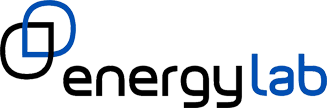
Development of comprehensive strategies (building, facilities, renewable energy, management systems) for the decarbonization of cities and the achievement of PEB buildings, that is, buildings that produce more energy than they consume, thanks to sustainable construction and generating systems of clean energy. The main lines of research are:
EnergyLab’s main lines of research in the environment of energy communities focus on the development of:
Improvement of the energy performance of air conditioning and DHW production equipment based on electrically driven heat pump technology, through the following lines of work:
Use and improvement in the management of renewable energy generation sources through their transformation and conservation for subsequent use in air conditioning systems:

